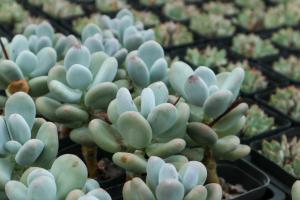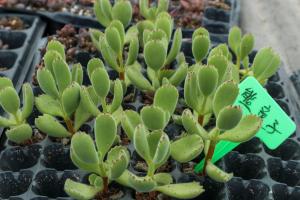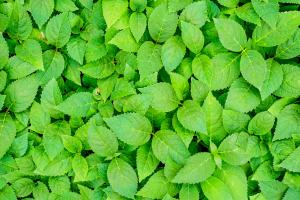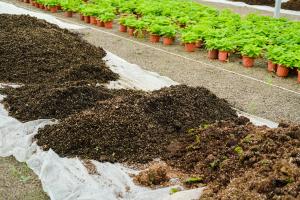1. Cutting propagation
① Make adequate preparations before cutting. First of all, we should choose soft and breathable soil, which can make cutting plants easier to survive. It is best to prepare some soft soil and add an appropriate amount of sand. Secondly, in terms of containers, cutting can be carried out in new containers or in original containers. For convenience, it is best to prepare a separate container
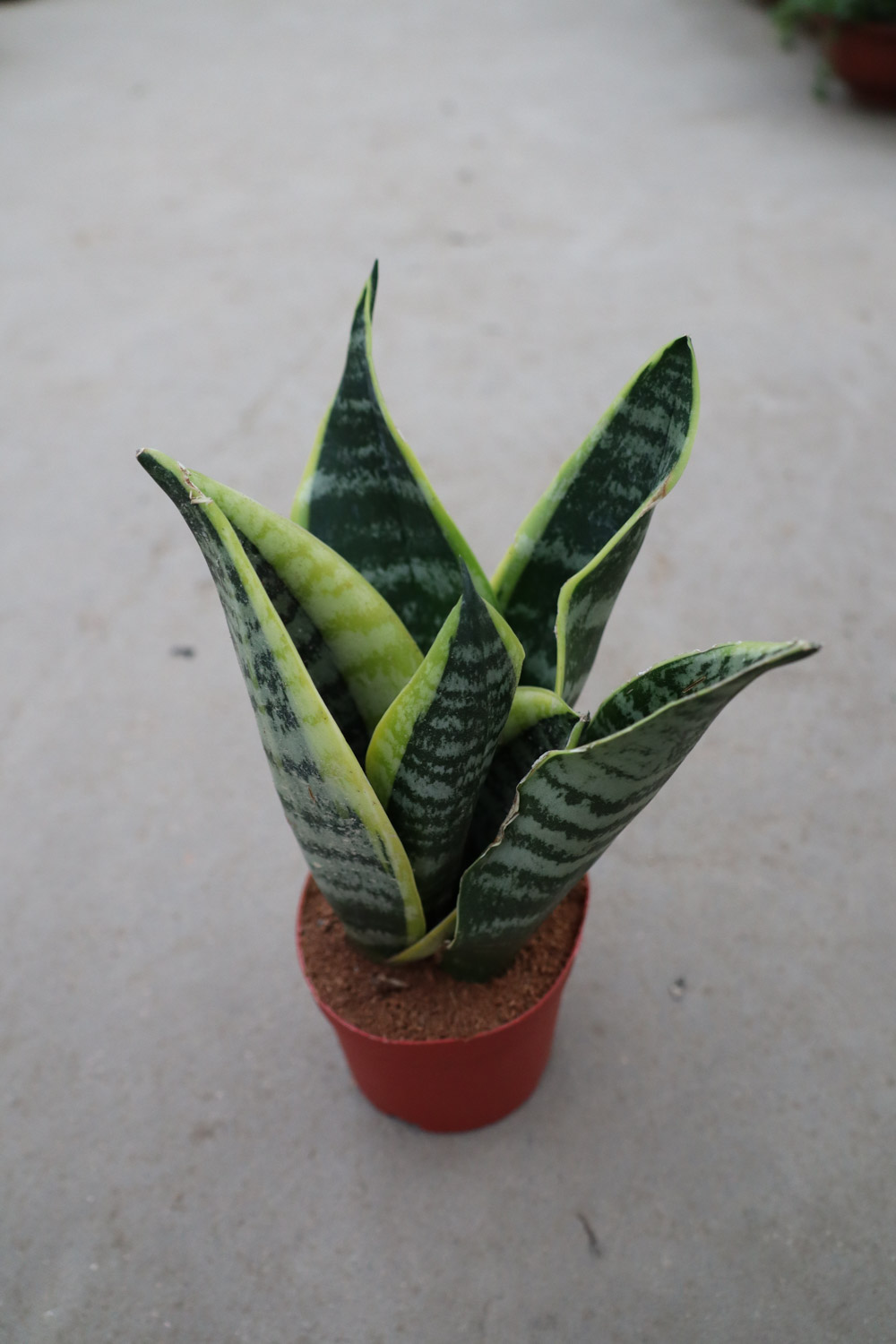
② Pick fresh leaves from healthy and robust plants. The whole leaf can be used for cutting, or the leaf can be cut into small pieces of 6 or 7 cm for cutting. But no matter how cutting is carried out, the leaves should be dried in a ventilated place for one day, and the incision of the leaves should be dried. Then you can insert them into the soil. The part inserted into the soil need not be too much, just 3 or 4 cm. But not too little, too little is not conducive to rooting. After cutting, put the leaves in a dark and ventilated place and pay attention to watering to ensure that the soil is wet. However, water should not be too much, otherwise it will lead to leaf decay
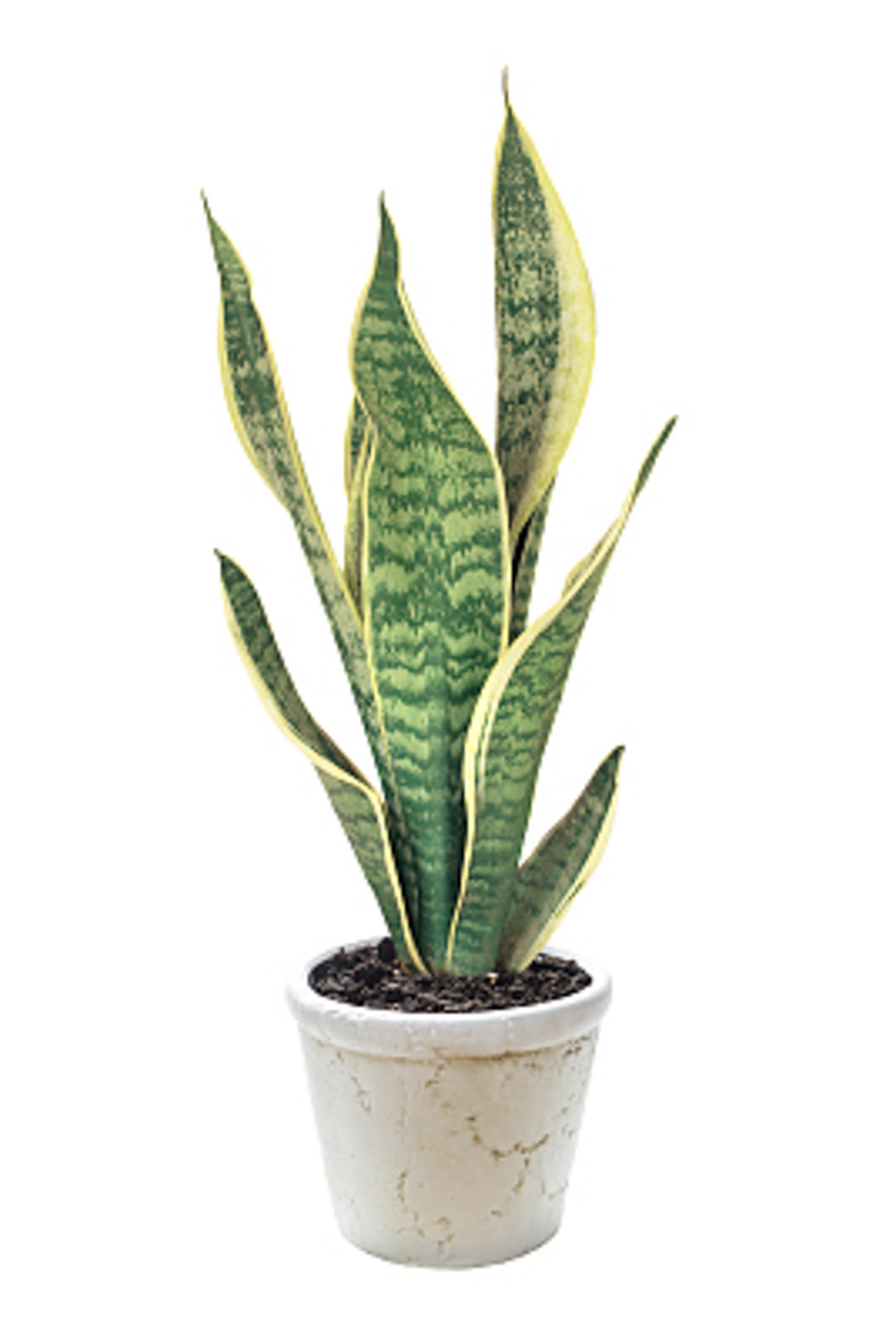
2. Ramet propagation
The whole plant can be divided into several small plants. To ensure that each small part is separated with leaves, rhizomes and buds, the lack of any one will lead to its failure to survive. First, lay a layer of soil on the bottom of the prepared container, then put the small plants evenly inside from one side, and finally fill the empty place with soil. The first watering should be thoroughly watered, and the water volume should be controlled after watering
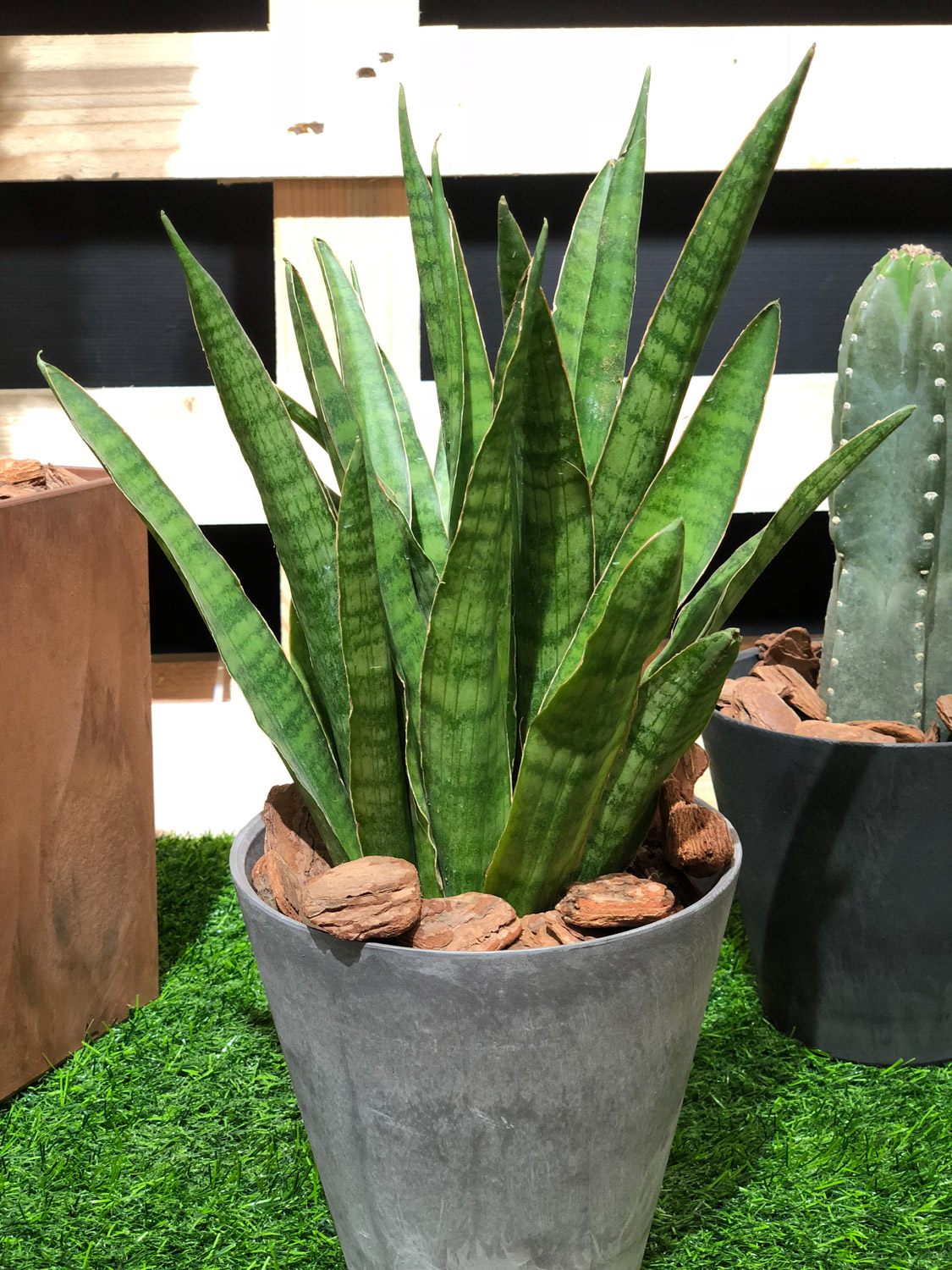

 how many times do yo...
how many times do yo... how many planted tre...
how many planted tre... how many pine trees ...
how many pine trees ... how many pecan trees...
how many pecan trees... how many plants comp...
how many plants comp... how many plants can ...
how many plants can ... how many plants and ...
how many plants and ... how many pepper plan...
how many pepper plan...
